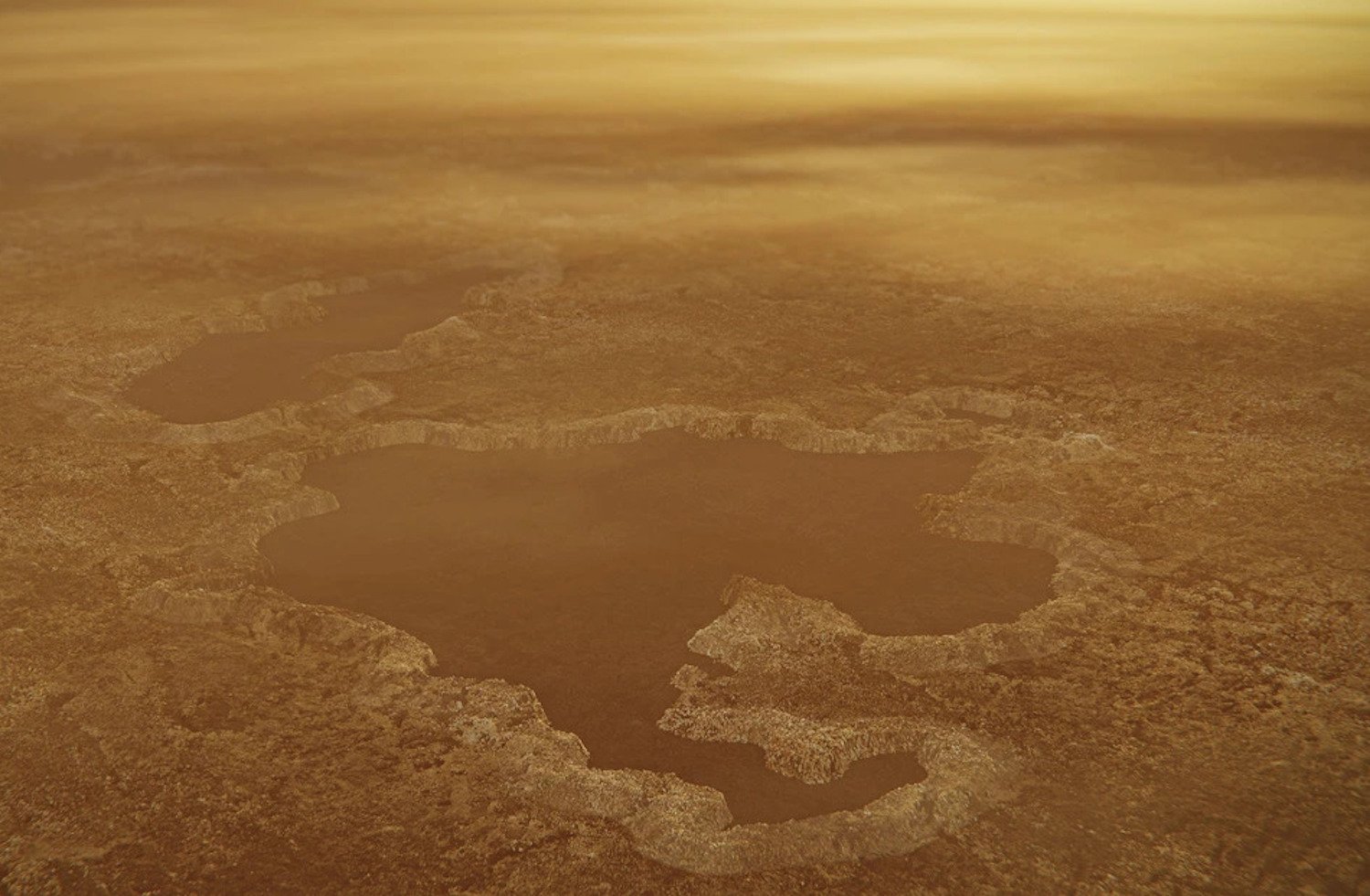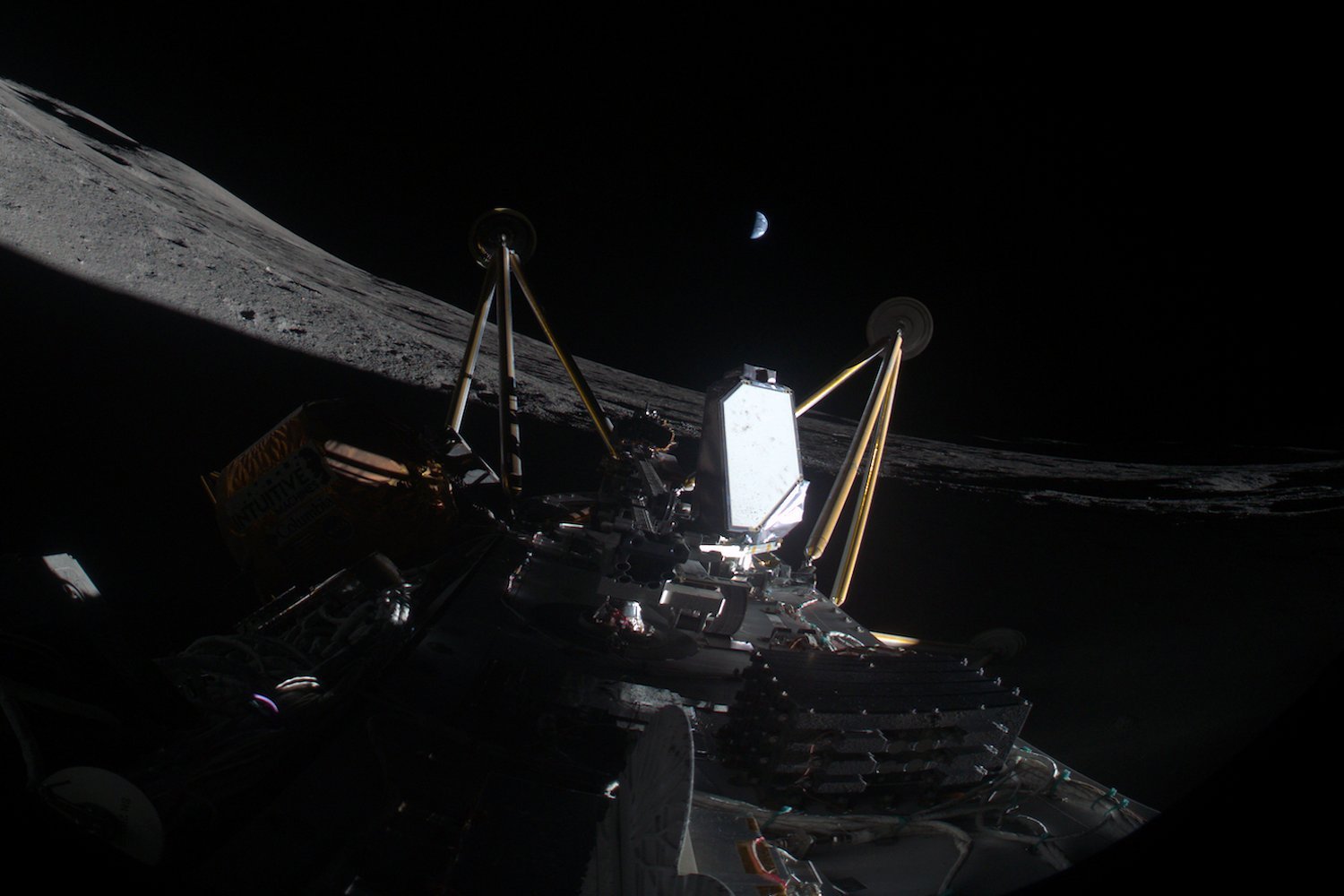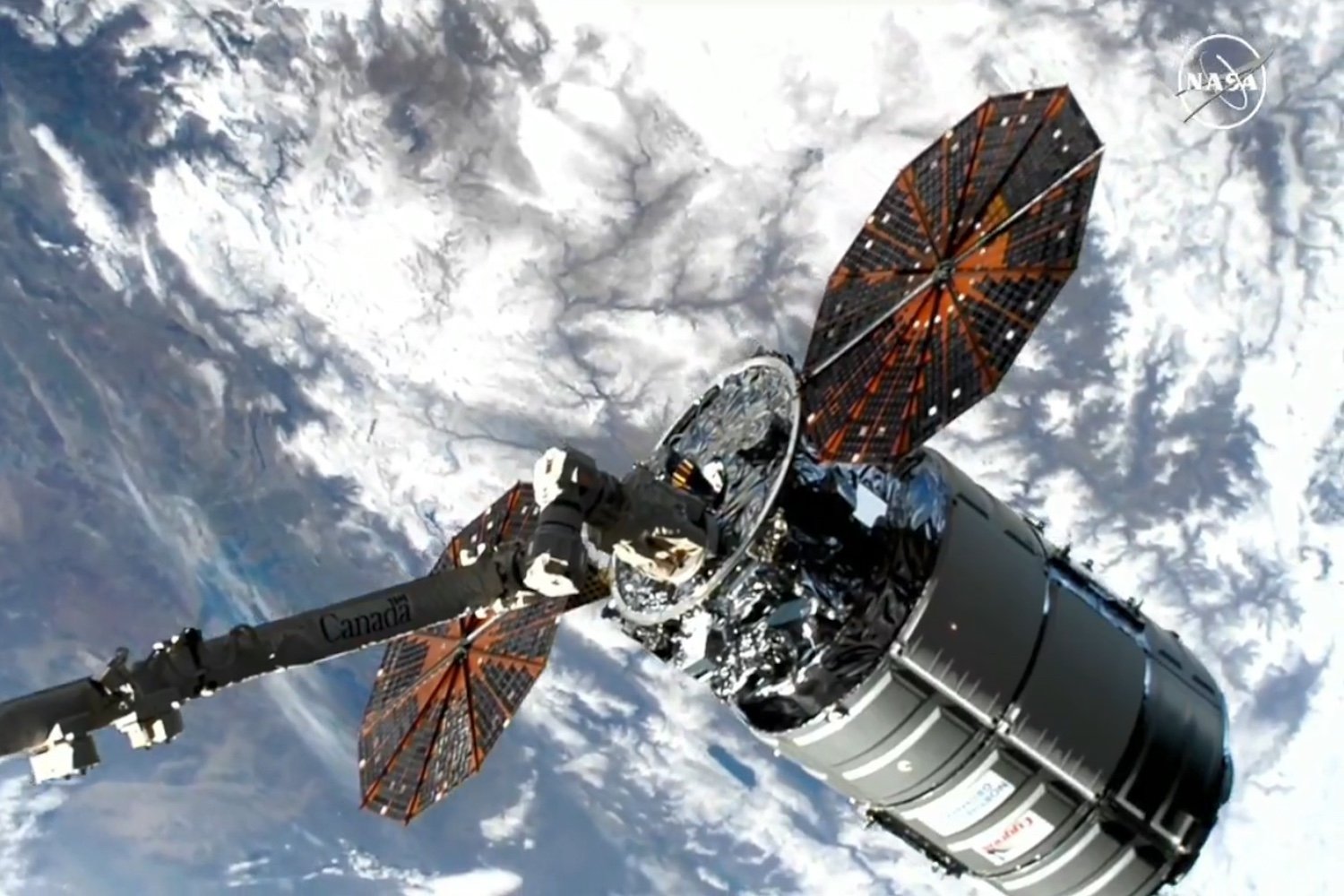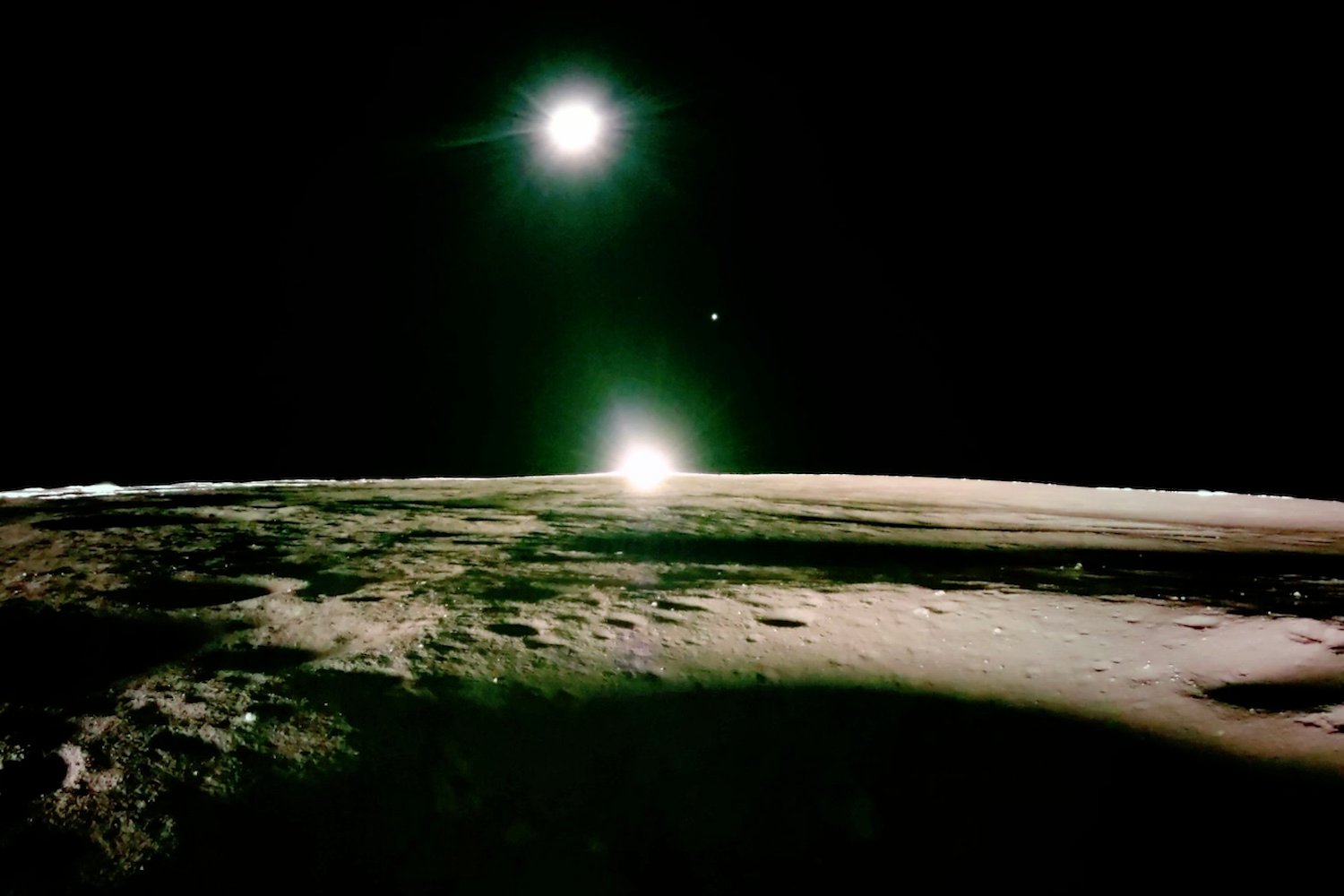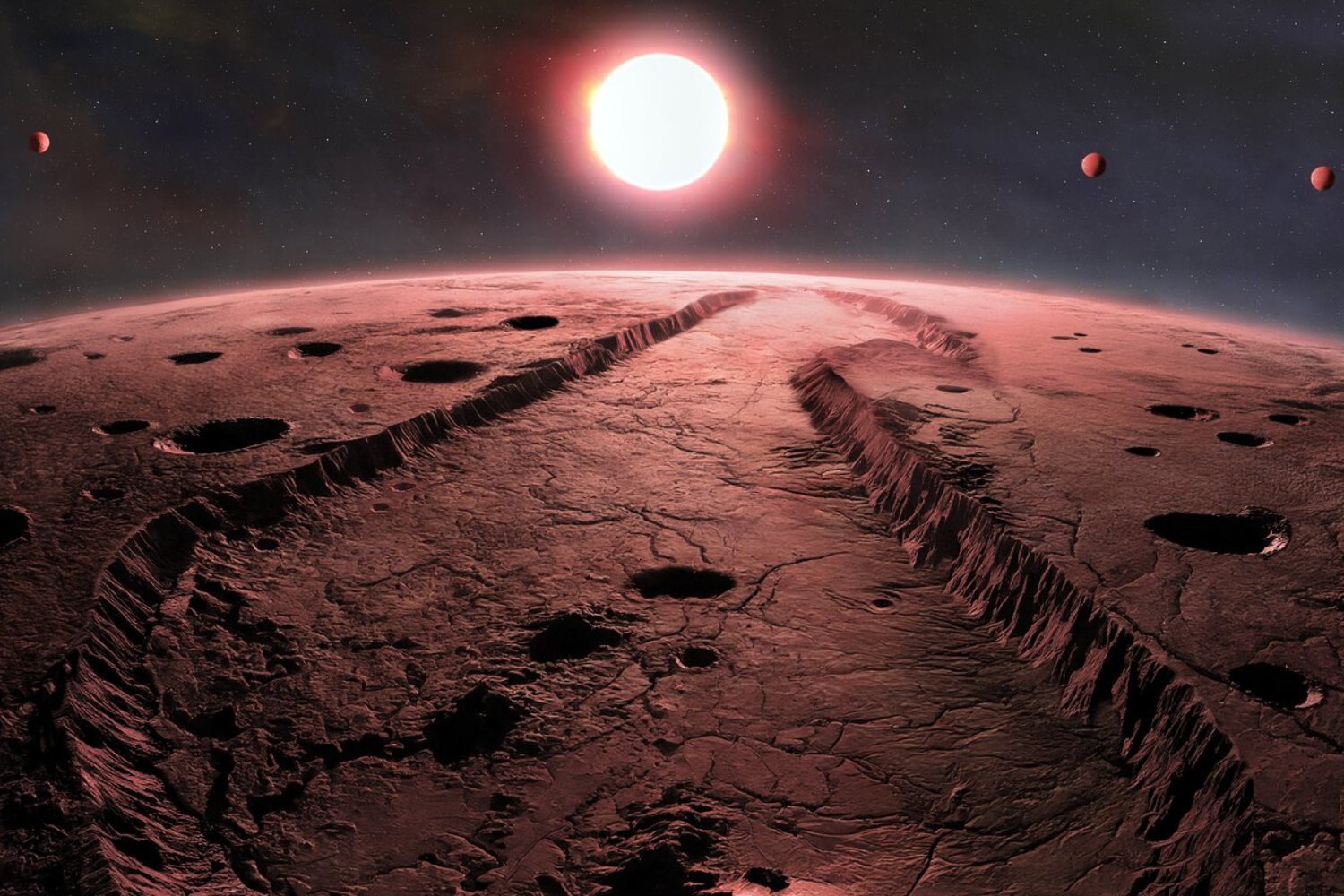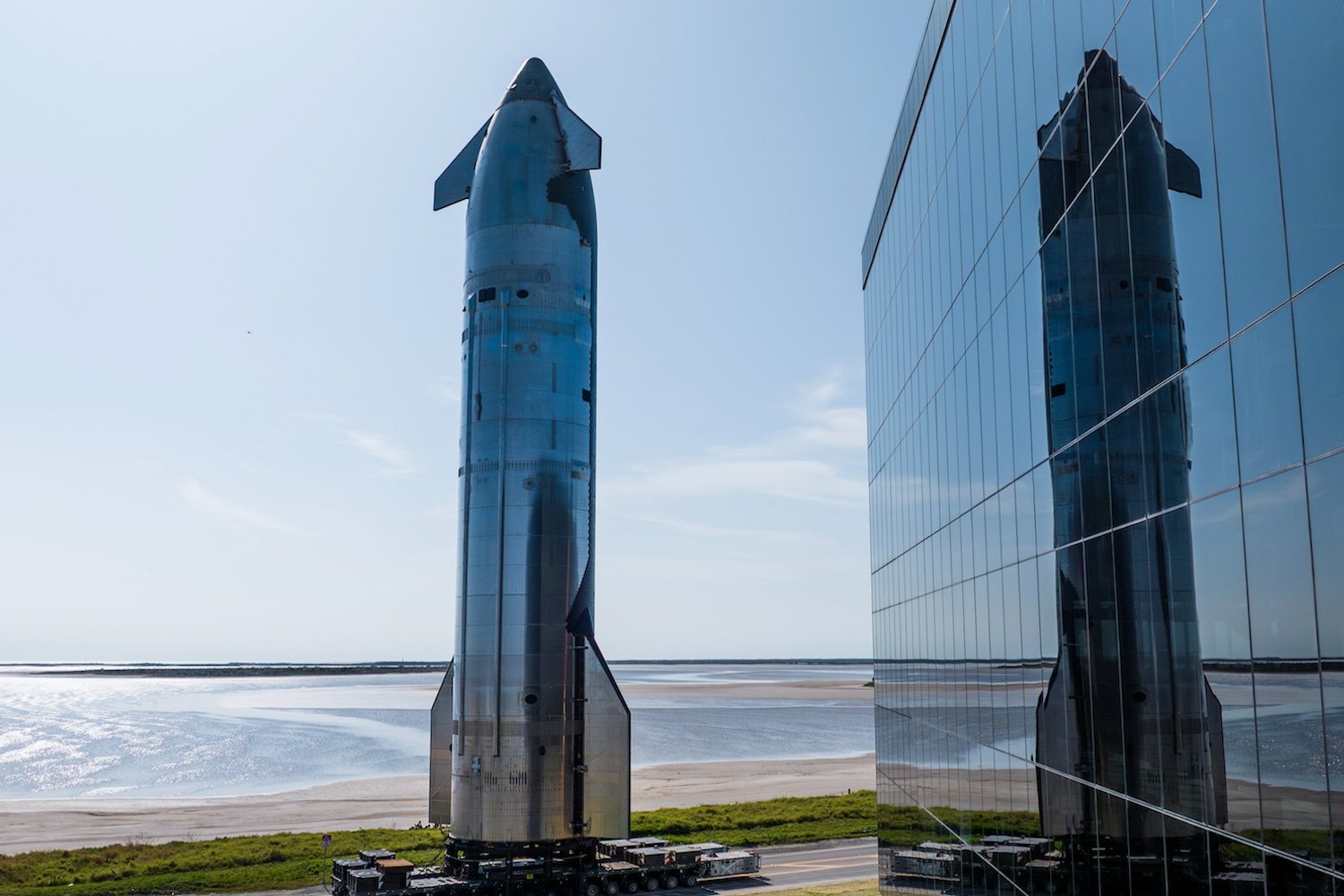Titan, Saturn’s largest moon, has long captivated scientists as a potential haven for extraterrestrial life. With a dense atmosphere and bodies of liquid, including subsurface water, it presents a unique environment in our solar system. But a recent analysis, while not ruling out the possibility entirely, suggests that life on Titan, if it exists, would be extremely limited.
Twenty years ago, the Cassini-Huygens mission provided invaluable data on Titan. The Huygens lander, touching down on January 15, 2005, became the first human-made object to land on this intriguing moon. Its discoveries fueled speculation about Titan’s habitability. Huygens revealed a dense atmosphere rich in organic compounds, the fundamental building blocks of life as we know it. However, the presence of these compounds doesn’t guarantee the existence of life itself.
Exploring the Potential for Life
To investigate the likelihood of microbial life on Titan, a team of astronomers led by Antonin Affholder, a postdoctoral researcher at the University of Arizona, explored the possibility of fermentation. This primitive metabolic process allows organisms to convert organic compounds into energy without oxygen. The team focused on glycine, an amino acid crucial for protein synthesis, which has been detected on Titan’s surface. The key question was whether sufficient glycine could reach Titan’s subsurface liquid water ocean, located beneath a thick ice shell ranging from 31 to 124 miles (50 to 200 kilometers) deep.
Limited Biomass: A Disappointing Outlook
Unfortunately, the findings published in The Planetary Science Journal paint a rather bleak picture for those hoping to find abundant life on Titan. The research suggests that the amount of glycine reaching the liquid water ocean would only support a minuscule biomass, equivalent to approximately 16.5 pounds (7.5 kilograms) of carbon. This amount is surprisingly small, comparable to the weight of an average house cat.
“There’s been a notion that Titan’s abundant organics provide ample food sources for life,” Affholder stated. “However, not all organic molecules are necessarily food sources. The ocean is vast, and the exchange between the surface, where the organics are, and the ocean is limited.” This nuanced approach highlights the challenges facing potential life on Titan.
A Sparse Biosphere
Affholder further explained the implications of their findings: “Such a tiny biosphere would average less than one cell per liter of water across Titan’s entire vast ocean.” While the study doesn’t definitively rule out the possibility of life, it suggests that if present, it would be incredibly sparse.
Conclusion: A Continuing Quest
While the prospects for a thriving ecosystem on Titan appear dim, the research underscores the complexities of searching for life beyond Earth. Future missions and investigations will undoubtedly shed more light on this enigmatic moon and its potential to harbor even the simplest forms of life.



